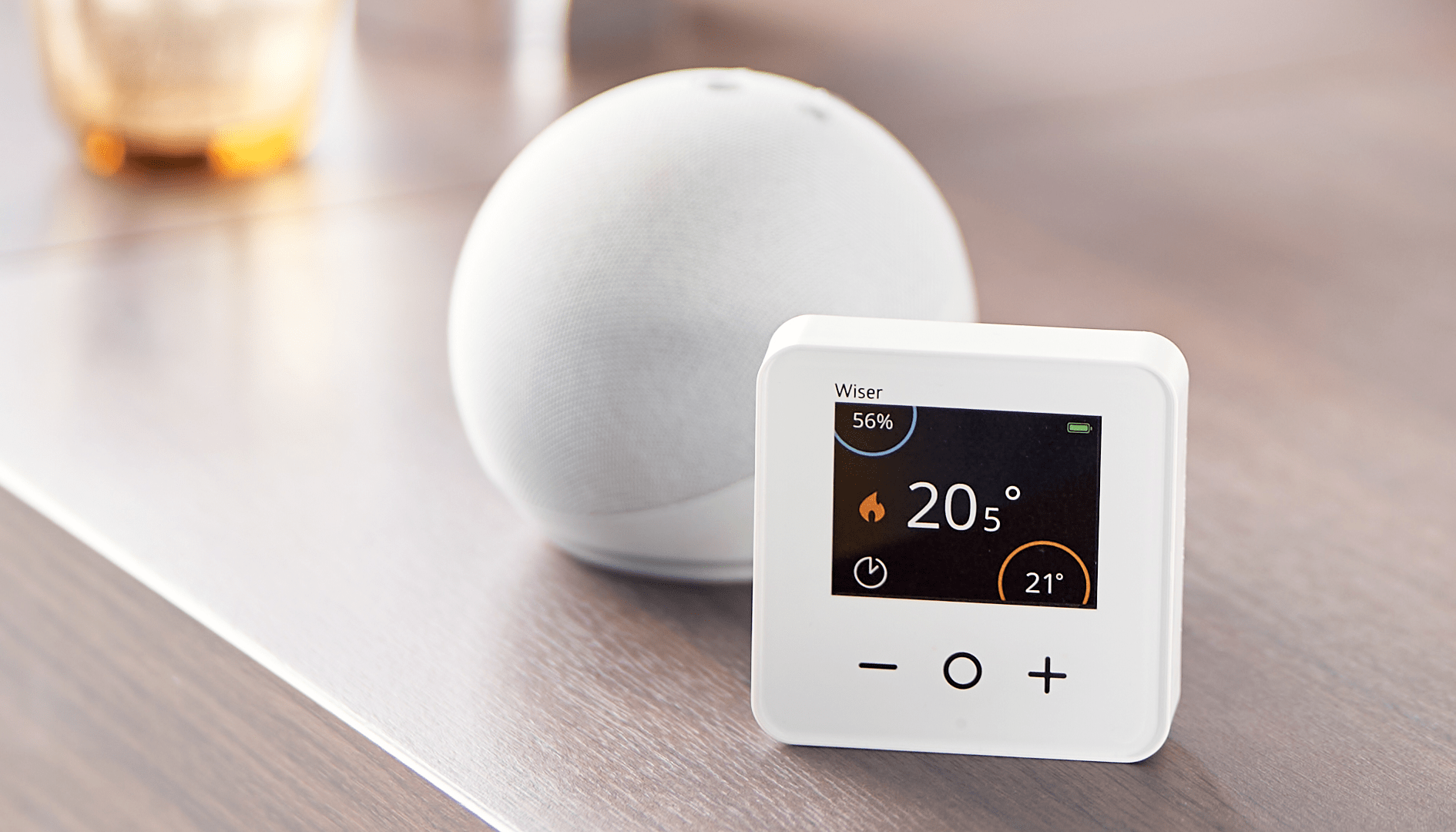When upgrading to smart heating controls, investing in thermostatic radiator valves (TRVs) can be essential for boosting energy efficiency. However, several types of radiator valves can benefit your radiators differently.
In our guide to the types of radiator valves, we break down how radiator thermostats work, and which option is best for you.

Thermostatic or Manual Radiator Valves?
The two main types of radiator valves available are thermostatic radiator valves and manual devices.
- Thermostatic radiator valves: Different settings allow you to adjust temperatures to a level that suits you, they can be either manual or app-controlled devices.
- Manual radiator valves: Simple ON/OFF devices that provide basic manual control of radiators to open or close the valve.
In general, thermostatic radiator valves are the go-to choice, as they enable you to maintain a comfortable temperature throughout your home without requiring constant manual adjustment.

Radiator Valves Explained: How Do Radiator Thermostats Work?
Regardless of whether you have manual or thermostatic radiator valves, these devices control the heat output of the radiator in a similar way.
When the radiator valve is open, more hot water flows through the radiator from the boiler, heating it. Once the valve is closed, less hot water can flow through the radiator, radiating less heat into the room.
With a manual radiator valve, this process happens by manually turning the valve on or off, meaning that your radiator will stay on even when the room has reached the desired temperature.
However, with a thermostatic radiator valve, a sensor, usually made of wax or liquid, is used, which expands or contracts depending on the room's ambient temperature.
This automatic regulation helps improve energy efficiency by heating the room to the desired temperature and then maintaining it by adjusting the heat output as needed. TRVs can help you to save on energy bills while staying comfortable, as they prevent energy wastage from overheating.
Now you know how a radiator thermostat works, let’s look at more choices for types of radiator valves.
What About the Shapes of Radiator Valves?
Radiator valves also have some variation when it comes to their shape. The two main types are:
- Angled Valves: These have a 90-degree bend and are the most common valves for UK radiators.
- Straight Valves: Whilst rare for the UK, some valves don’t have a bend from the radiator body.
There are also differences between some radiators in how TRVs are fitted, with some fittings being vertical and some horizontal. In the UK, TRVs are also fitted at the bottom of the radiator, whilst they’re commonly fitted at the top in EU countries.
Installing Wiser’s smart thermostatic radiator valves is simple as they work with around 95% of existing systems, thanks to the handy valve adapters included with every. Read our FAQs for more information.

TRVs: Smart or Traditional?
Another choice regarding the type of radiator valves is TRVs with traditional controls or Smart Home Features.
Smart TRVs offer the same temperature control options as their basic counterparts but with several additional perks. They don’t need to be adjusted by hand, as scheduling can be done remotely, and multiple devices can be used for room-to-room control. This makes it far easier to save energy and reduce your heating bills with smart thermostatic radiator valves as opposed to non-connected devices.
Why Smart Thermostatic Radiator Valves are the Future
Understanding how radiator thermostats work is the first step towards making the right choice for your home.
With all the additional benefits, smart TRVs are crucial to a future-proofed heating system. Discover our smart radiator thermostats to see how we can provide this for your household, or read our Wiser Explains article for further details.







